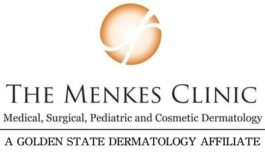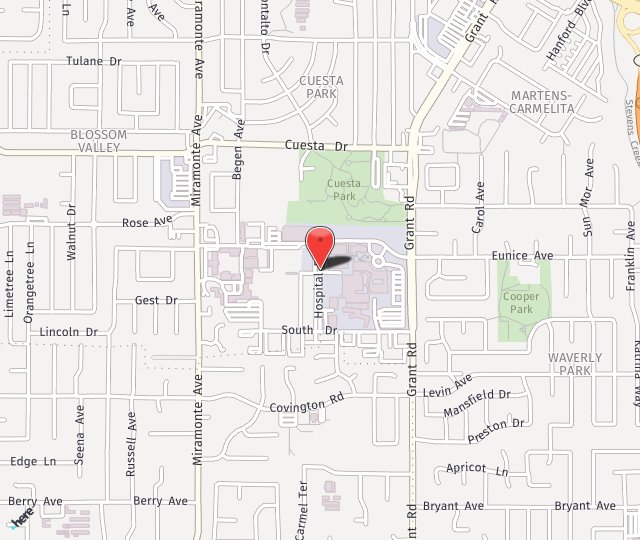Remember when you never thought about your neck? In your teens, 20s, and 30s, you probably rarely gave it a glance.
But now, as you’re getting older, your neck suddenly steals the show. Whether it’s wrinkles, lines that look like tiny chokers, the dreaded “double chin” or the “turkey neck,” this always-visible part of your appearance might be making you feel older than you want to.
Why Your Neck Starts to Go South
As skin ages, two key proteins start to diminish: elastin and collagen.
Collagen is constructed of fibers tightly woven together. If you picture those fibers as a frame, with skin on top of it, you can see how the stronger the frame, the firmer the skin. Different but equally useful is elastin, which — as you could guess from the name — provides elasticity. That’s why, when you’re younger, you can pull your skin away from the bones and it bounces back. When you’re older, it kind of stays where you left it, before slowly gliding back into place.
Part of the decline in those two proteins is simply due to natural aging, and how that affects each of us differently. Inadequate nutrition or too much alcohol can also cause them to diminish faster, as well as certain external factors, including:
- Exposure to ultraviolet rays (from the sun or tanning beds)
- Pollutants in the air (from cars, buildings, cigarette smoke, chemicals, etc.)
Slowing Down the Decline
As with many skin conditions, how your neck ages isn’t completely out of your control. Let’s start with prevention. Just like the rest of your skin, your neck needs protection from UVA and UVB rays, as well as free radicals. Double-up on a good Vitamin C product and full spectrum sunscreen – always.
Another key step: moisturizing. Just like skin on your hands or your face, your neck needs to stay moisturized. Even though the skin on your neck is thinner than the skin on your face, you can use facial products.
“I love the DefenAge product for the neck,” says Jaqueline Calkin, MD of Calkin & Boudreaux, A Golden State Dermatology Affiliate, “and the SkinMedica TNS Advanced Plus. You apply that product first, to face and neck, and the DefenAge goes on top of that.” And then, of course, add sunscreen!
Injectables
Certain injectable products, like Kybella®, work by melting away fat, aka the “double chin.”
“This procedure can help with excess volume under the chin,” said Dr. Adam Ford of Calkin & Boudreaux, A Golden State Dermatology Affiliate, “and it’s an easy process to do.”
Other products that work for the neck are Hyperdilute Radiesse and Sculptra, both of which improve collagen production for firmer skin — on the face as well as the neck.
Injectables can also be useful for specific concerns related to your platysmal bands. Of the 20 muscles in your neck, these help you move your jaw and your mouth. They also tighten the skin of your lower face and neck. When they weaken, you can start to see vertical “bands” or cords on your neck. A neurotoxin like Botox can help reduce their prominence.
Lasers
If extra fat isn’t your concern, but loose skin and skin texture is, ask your dermatologist about lasers.
Laser technology, whether through light or heat, works as a catalyst for your skin’s power to increase collagen and elastin. Lasers are noninvasive, and offer a variety of approaches, so most people are potential candidates for this kind of treatment.
Certain lasers are good for tightening skin, including Sofwave and Fraxel. Sofwave uses ultrasound waves and is generally better at lifting/tightening. Fraxel is best at improving skin’s texture.
Neck Tightening Surgery
While surgery is technically the most invasive intervention, when it comes to improving the appearance of your neck and jawline, the surgery is relatively minimal.
“We can improve how the neck looks – including saggy or heavy chins or necks – with a simple surgical procedure,” said Ron Moy, MD of Moy Fincher Chipps, A Golden State Dermatology Affiliate. “We make small incisions behind the ear, and using local anesthesia, tighten skin using an optimal vector pull. We’ve seen dramatic improvements. In fact, we find our patients are the happiest with this procedure.”
As with any skin concern, the best first step is to talk to your dermatologist. You’re not alone, and no concern is trivial. How we look affects our mental health, and it can also be a sign of an issue with physical health. Reach out to your closest GSD clinic for a consultation. You can find a clinic near you here.

